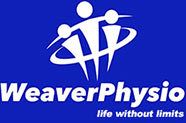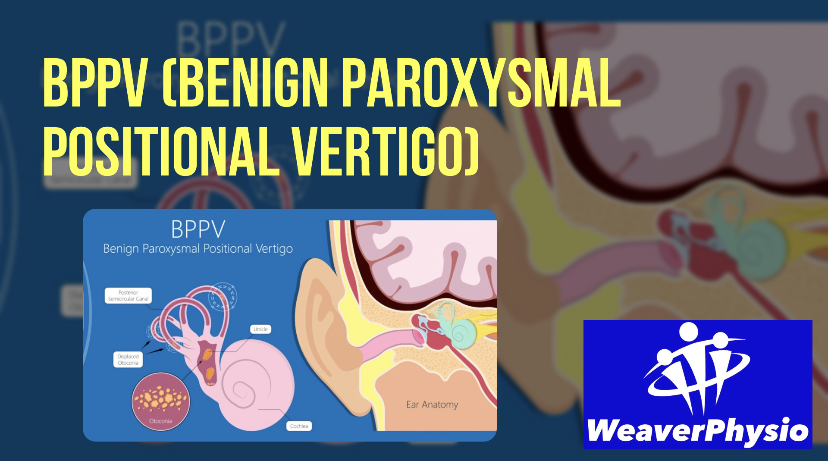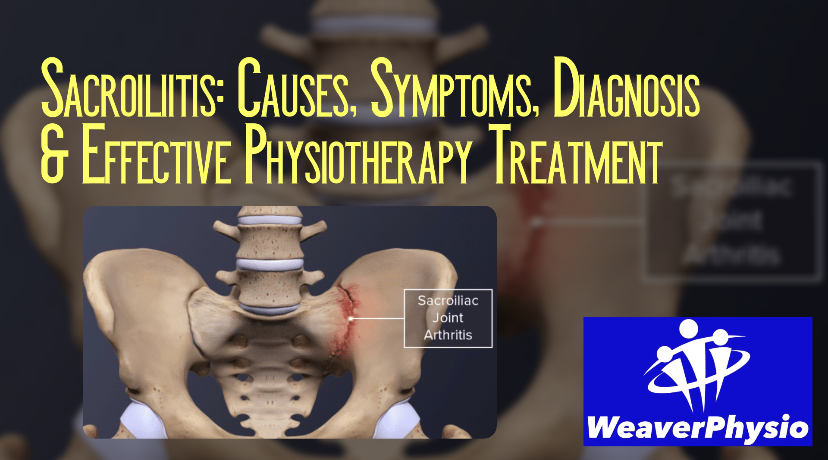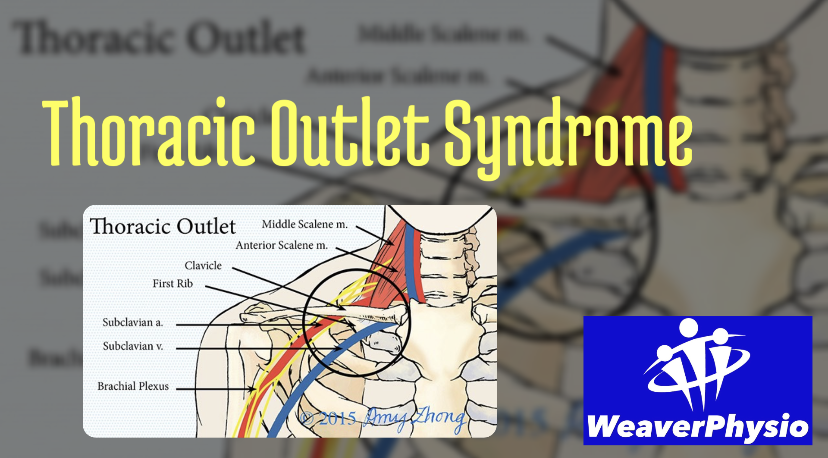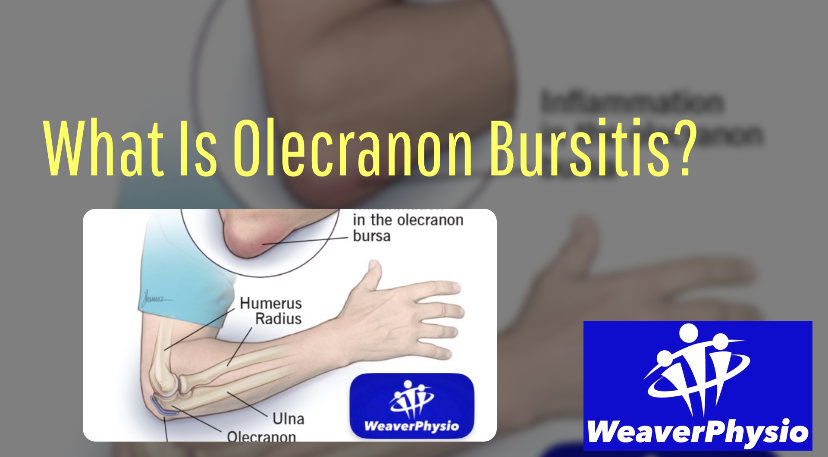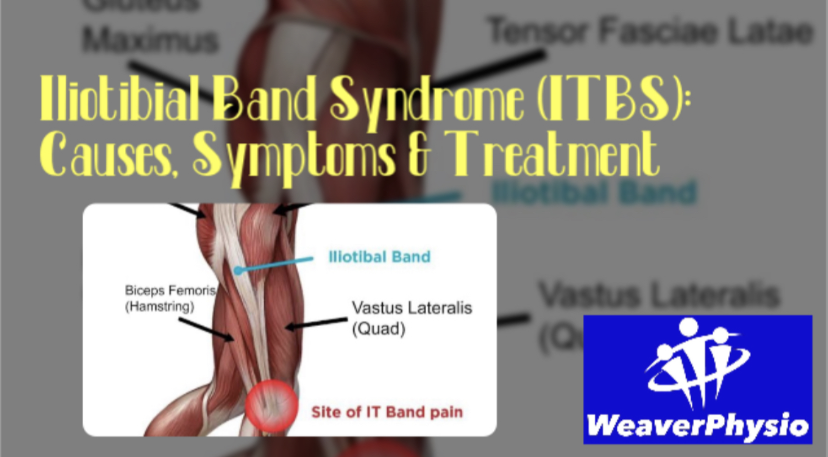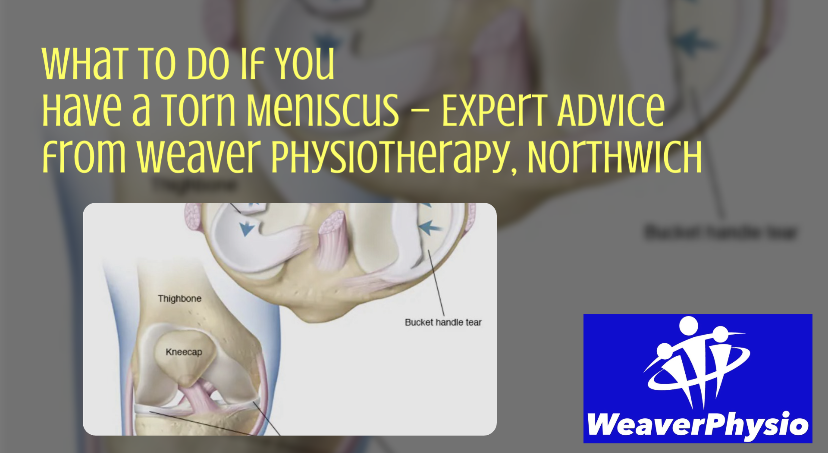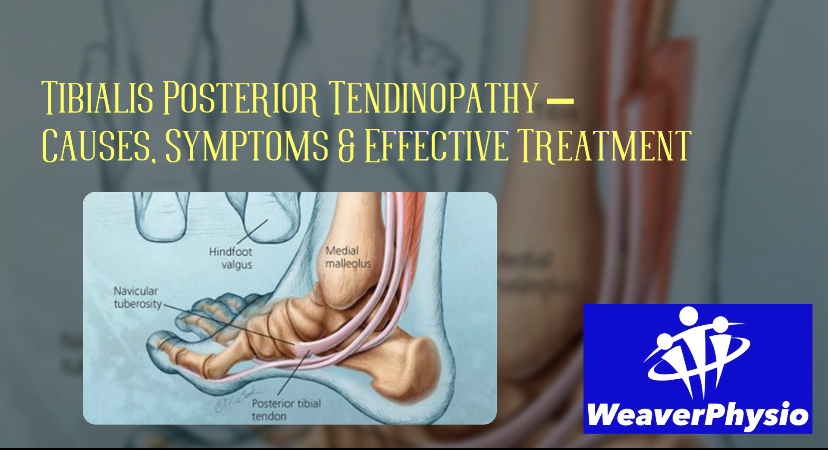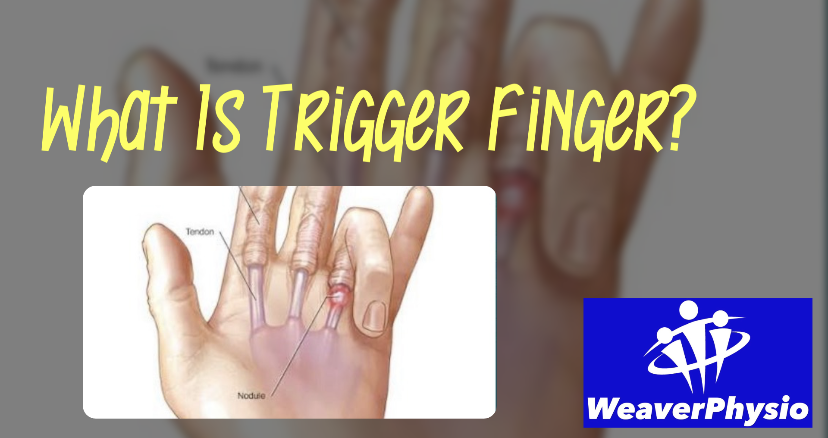Massage Therapy
February 12, 2020

Fact: It is estimated that between 35-43% of the UK population is estimated to suffer from chronic pain, that’s 28 million people. It accounts for 40% of time off work and costs the NHS over £10 billion pounds a year.
Fact: It is estimated that 37% of the population of developed countries and 41% of developing countries, suffer from chronic pain.
It is one of the most common reasons why people visit Massage therapists and physiotherapy accounting for up to 40% of visits.
Other common reasons include rehabbing sports injuries, relief of pain from accidents or muscle strains, relief of stress and as a form of preventative health care.
And also, just that good old relaxation that can only come from human touch.
What is massage therapy, exactly?
People with specific massage therapy training will have gone to school for a minimum of 100 hours training and received skilled instruction in the manual manipulation of the body’s soft tissues, including muscles, connective tissues, tendons, and ligaments.
They are highly knowledgeable about anatomy and physiology and are skilled diagnosticians with regards to chronic pain and how to treat it.
The underlying idea behind massage therapy is that a relaxed and loose muscular structure promotes the flow of energy through the body, which enables the body to maintain health and heal itself, without resorting to drugs or surgery.
Here are some common massage therapy modalities that you may encounter, ranging from simple relaxation to treatment of complex pain issues and connective tissue realignment.
Swedish Massage
This is your standard relaxation massage. Swedish massage is very popular in spa settings.
As one of the most popular types of bodywork performed today, the overarching goal of Swedish massage is the ultimate relaxation of the entire body. It is exceptional at achieving this, easing tension while promoting the release of environmental toxins stored in the body’s fat and epidermis layers while simultaneously increasing the oxygen levels in the blood.
Swedish massage has also been shown to produce significant reductions in the stress hormone, cortisol.
Trigger Point Therapy and Myofascial Release
A trigger point is a small area of tightly bound and ‘knotted’ muscle that will produce referred pain into another part of the body when pressed upon. For example, a trigger point in the rhomboid muscle in the upper back can produce headache-like pain at the base of the skull.
Trigger points such as these are often misdiagnosed as migraines.
Trigger points range in severity from mildly annoying to completely debilitative. The affected muscle fibres are in a permanently shortened and tense state, and can even pinch nearby nerves, producing even more related symptoms, sometimes spiraling into full-blown fibromyalgia, a disorder of the connective tissues.
This is one area where massage therapy has a distinct advantage over every other form of treatment. Conventional medicine’s answer to trigger points is usually an injection of a local anesthetic or a corticosteroid injection. Both of which are temporary, unnatural treatments and in the case of the corticosteroid, actually damaging to the tissues.
Massage therapy treats these by the application of pressure directly to the trigger point, going over time from light to very deep, (usually within the same session) whereupon the trigger point will begin to release and relax.
Follow-up treatment is nearly always needed to retrain the muscle fibers to lengthen and “smooth” back out. A good massage therapist can often boast a near 100% success rate with trigger point therapy, even when other treatments have failed.
Myofascial release is a broader application of this type of therapy that seeks to restore mobility and function to the body’s underlying network of connective tissue that is present in every muscle in the body. It improves lymph circulation (keeping the blood clean) and enhances the muscle’s natural stretch reflex, keeping the body supple and strong.
It should be noted that these types of massage therapy are not the same as a relaxing Swedish massage and can sometimes be quite painful as the body relaxes, releases, and returns to normal homeostasis. It’s important to communicate to us during your treatment if you are uncomfortable at any time.
Sports Massage
As the name implies, sports massage is focused on the athlete. From the highest level of competition, to the casual weekend warrior, sports massage therapists can be found everywhere from weekend 5ks to professional locker rooms and Olympic fields.
Sports massage focuses on both pre- and post- event training and recovery.
Pre- event for example, may involve stimulating a stretch reflex in the quadriceps muscle of a runner to help lengthen her stride, with repeated treatments resulting in a faster runner who is less prone to injury.
Post-event can take the form of a light, relaxing massage to stimulate healing blood flow to an overused muscle group, enabling the athlete to recover safer and faster, and enable them to perform at the top of their game sooner than otherwise would be the case.
Rather than a specific technique as in trigger point or myofascial therapies, sport massage focuses on the dual goals of athletic performance and recovery and may borrow heavily on other modalities to achieve these ends.
The tip of the proverbial iceberg…
The above is by no means a comprehensive list of massage therapy modalities. There are literally dozens of different types of massage, used in everything from lymphatic drainage, body realignment, even neuromuscular therapy that seeks to balance the nervous system.
If you’d like to go into greater detail on these and other modalities, and to get the latest, most cutting-edge information on the art and science of massage therapy, pain relief and injury prevention, then please click this link http://bit.ly/35TC9Je
to sign up for our clinic newsletter and free downloads (we’ll also include details of any offers or special massage packages where relevant).
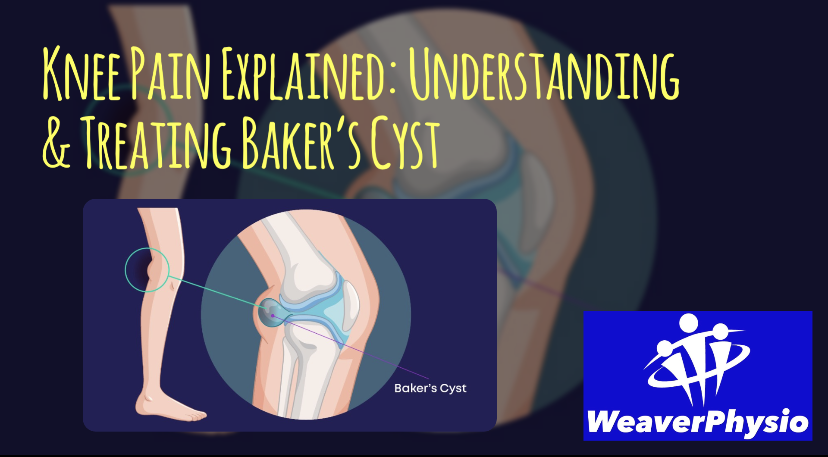
Knee pain is one of the most common musculoskeletal complaints we see at Weaver Physiotherapy & Sports Injury Clinic in Northwich, Cheshire. From runners and athletes to office workers and retirees, knee problems can affect anyone. While many people are familiar with conditions such as arthritis, meniscus tears, or ligament injuries, one often-overlooked cause of knee swelling and discomfort is a Baker’s Cyst. Also known as a popliteal cyst, this condition can cause swelling behind the knee, stiffness, and reduced mobility – and if untreated, it may lead to ongoing pain or limit your ability to exercise, walk comfortably, or perform daily activities. In this in-depth guide, we’ll explain what a Baker’s Cyst is, the symptoms to look out for, why it develops, and most importantly – how physiotherapy can help you manage, treat, and prevent it. What is a Baker’s Cyst? A Baker’s Cyst is a fluid-filled swelling that develops behind the knee, in the popliteal space. It occurs when excess joint fluid (synovial fluid) escapes from the knee joint and collects in a small sac behind the knee. This fluid build-up is often a result of an underlying knee problem, such as: • Osteoarthritis (wear and tear of the knee joint) • Rheumatoid arthritis • Meniscus injuries (cartilage tears) • Ligament injuries • Knee joint inflammation The cyst itself is not dangerous, but it can be painful, restrict movement, and cause the back of the knee to feel tight – especially when bending or straightening the leg. Symptoms of a Baker’s Cyst Some people with a Baker’s Cyst may not experience symptoms at all, especially if the cyst is small. However, when symptoms do occur, they may include: ✔️ A noticeable lump or swelling behind the knee ✔️ Tightness or stiffness in the back of the knee ✔️ Pain or aching, particularly when straightening or bending the leg ✔️ Reduced flexibility and mobility ✔️ Swelling in the calf (if the cyst bursts and fluid leaks down the leg) In rare cases, a ruptured Baker’s Cyst can mimic the symptoms of a blood clot (deep vein thrombosis – DVT), with sudden calf swelling, pain, and redness. If you experience these symptoms, urgent medical assessment is required. Causes: Why Do Baker’s Cysts Develop? A Baker’s Cyst does not develop in isolation – it usually results from knee joint changes or injury that causes excess fluid production. Common causes include: 1. Arthritis • Osteoarthritis is a major cause. As the cartilage wears down, the joint becomes inflamed, leading to fluid build-up. • Rheumatoid arthritis, an autoimmune condition, can also trigger joint swelling and cyst formation. 2. Sports Injuries • Damage to the meniscus (cartilage) can irritate the joint and lead to cysts. • Ligament injuries (ACL, MCL) may also increase fluid build-up. 3. Overuse or Repetitive Strain • Runners, cyclists, and people who frequently squat or kneel may place repetitive stress on the knee joint, contributing to cyst formation. 4. Underlying Inflammation • Any condition that causes inflammation within the knee joint (including gout) can lead to synovial fluid leakage and cyst development. Diagnosis of a Baker’s Cyst At Weaver Physiotherapy & Sports Injury Clinic, our Chartered Physiotherapists carry out a detailed assessment to identify whether your knee pain and swelling are caused by a Baker’s Cyst, or another condition. The process may include: 🔹 Clinical assessment – checking your symptoms, medical history, and examining the back of the knee for swelling. 🔹 Ultrasound scan – often recommended to confirm the diagnosis. 🔹 MRI scan – if an underlying injury such as a cartilage tear is suspected. Early diagnosis is key. Many patients believe they just have “knee swelling” without realising it’s linked to an underlying joint issue. How Physiotherapy Helps Baker’s Cyst Physiotherapy is one of the most effective ways to manage and treat a Baker’s Cyst. While draining the cyst or surgery is sometimes required in severe cases, the majority of patients benefit from conservative treatment that targets the root cause. At Weaver Physio, our approach focuses on: 1. Pain Relief & Swelling Reduction • Manual therapy to ease stiffness • Ice, compression, and elevation strategies • Advice on activity modification to avoid aggravation 2. Improving Knee Mobility • Gentle stretching exercises to restore range of movement • Targeted flexibility work for the hamstrings and calf muscles 3. Strengthening Exercises • Quadriceps strengthening to improve joint support • Glute activation to reduce stress on the knee • Core stability to enhance overall lower-limb mechanics 4. Correcting Biomechanics • Video Gait Analysis and biomechanical assessment (part of our Runner’s MOT service) • Identifying imbalances in walking or running that may contribute to knee overload 5. Treating the Underlying Cause • If arthritis is the cause, we’ll develop a long-term joint management plan • If it’s due to a sports injury, we’ll provide a tailored rehabilitation programme Home Management Strategies Alongside professional physiotherapy, patients can often manage symptoms at home with: ✔️ Rest & Activity Modification – avoiding deep squats or repetitive knee strain ✔️ Ice Therapy – applying ice packs to reduce swelling ✔️ Compression Supports – knee braces can help control fluid build-up ✔️ Gentle Exercises – as advised by your physiotherapist When is Surgery Needed? Surgery is rarely the first option for Baker’s Cyst. It is usually only considered if: • The cyst is very large and painful • Conservative treatments have failed • The underlying cause (such as a meniscus tear) requires surgical repair In such cases, a surgeon may drain the cyst (aspiration) or repair the damaged structures inside the knee. Can a Baker’s Cyst Burst? Yes. In some cases, the cyst can rupture, releasing fluid into the calf. This can cause sudden pain, swelling, and bruising in the lower leg. It may resemble a DVT (blood clot), so it’s important to seek urgent medical advice to rule this out. Recovery Timeline Recovery depends on the underlying cause: • Minor cases: Symptoms may improve in a few weeks with rest and physiotherapy. • Arthritis-related cases: Long-term management is required, but physiotherapy helps control pain and mobility. • Sports injuries: Recovery may take 6–12 weeks, depending on the severity of the meniscus or ligament damage. At Weaver Physio, we’ll give you a personalised recovery plan so you know exactly what to expect at each stage. Preventing Baker’s Cyst While not all cases can be prevented, you can reduce your risk by: 🔹 Maintaining strong quadriceps, hamstrings, and glutes 🔹 Avoiding repetitive high-impact activities without proper recovery 🔹 Wearing appropriate footwear for your activity 🔹 Seeking physiotherapy early if you experience knee swelling or stiffness Why Choose Weaver Physio for Knee Pain? At Weaver Physiotherapy & Sports Injury Clinic in Northwich, Cheshire, we are specialists in diagnosing and treating knee injuries and conditions such as Baker’s Cyst. Here’s why patients across Cheshire – including Northwich, Knutsford, Winsford, Middlewich, Tarporley, and Frodsham – choose us: ✔️ 70+ years of combined clinical experience ✔️ Experts in sports injuries, arthritis, and musculoskeletal pain ✔️ Access to advanced services such as Shockwave Therapy, Acupuncture & Video Gait Analysis ✔️ Tailored rehabilitation plans that get to the root cause of your pain ✔️ Trusted by runners, athletes, and the local community Our goal is simple: to help you recover faster, prevent future injuries, and get back to living pain-free. Book Your Appointment If you’re struggling with knee pain or suspect you may have a Baker’s Cyst, don’t ignore the symptoms. Early treatment can make a huge difference in your recovery and long-term knee health. 📞 Call us today on 01606 227484 🌐 Visit us at http://www.weaverphysio.com Weaver Physiotherapy & Sports Injury Clinic – Your Trusted Partner in Recovery, Performance & Pain-Free Living.
